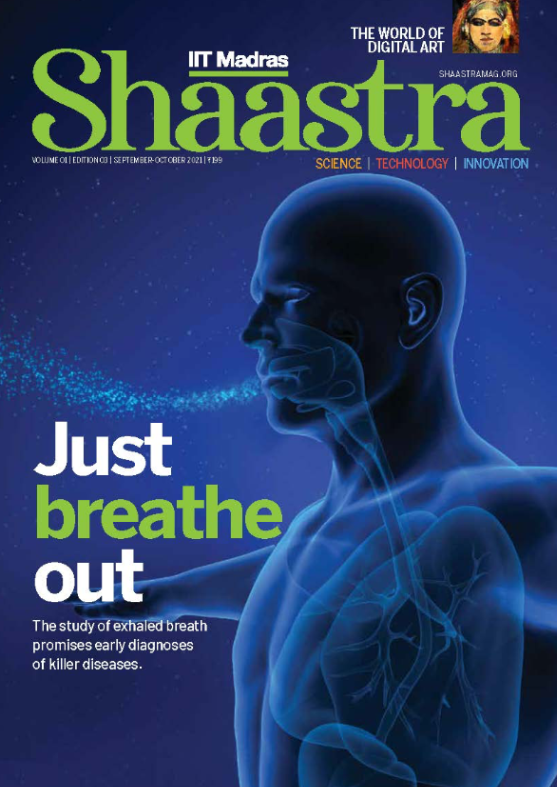To catch 'em young
-
- from Shaastra :: vol 04 issue 01 :: Feb 2025

Researchers and start-ups are turning to microRNAs for early detection of critical illnesses.
Some years ago, nephrologist Mythri Shankar noticed patients, as young as in their 30s, turning up with end-stage kidney disease (ESKD) at the Karnataka government's Institute of Nephro Urology-Bengaluru. The reason was IgA nephropathy (IgAN) – a silent, autoimmune disease that, when left undetected, progresses over 10-15 years to ESKD. "The kidneys were burnt out," rues Mythri, Associate Professor in the Department of Nephrology. "There was nothing much we could do." Dialysis, while awaiting a transplant, was the only option. IgAN typically strikes people in their 20s and is more common in South and South-East Asia, explains Mythri. However, if detected early, treatment can retard disease progression.
The only diagnostic test for IgAN is a biopsy: inserting a needle into the organ to remove a piece of tissue to be studied under a microscope. This is an invasive process needing hospital admission – and with some risk of complications – that most would not volunteer for, until too late. There are also patients who cannot undergo a biopsy for medical reasons. Could an alternative for early detection be found?
Mythri sought answers in short sequences of nucleotides called micro ribonucleic acids (microRNAs or miRNAs) found in different body fluids. She engaged a private laboratory to extract miRNAs from urinary exosomes – extracellular vesicles shed by kidney cells and an abundant source of intact, un-degraded miRNAs.
Comparing urine samples of diseased patients and healthy controls, she identified five miRNAs, a so-called signature, whose presence was associated with 100% specificity and sensitivity. The findings were published in December 2023 in Scientific Reports (bit.ly/miRNA-IgAnephropathy). The next step is to collaborate with a company to create an RT-PCR screening kit. A successful miRNA screen could lead to new guidelines to detect IgAN early, she says.
There is a growing body of literature that shows the utility of specific miRNAs – and their upward or downward regulation – in flagging a range of conditions from infection to cardiovascular disease, neurodevelopmental disorders and cancers. Their potential to signal incipient disease has garnered interest from researchers and start-ups alike.
PAST ISSUES - Free to Read


Have a
story idea?
Tell us.
Do you have a recent research paper or an idea for a science/technology-themed article that you'd like to tell us about?
GET IN TOUCH














